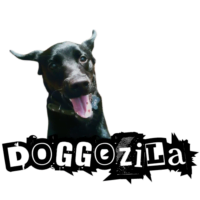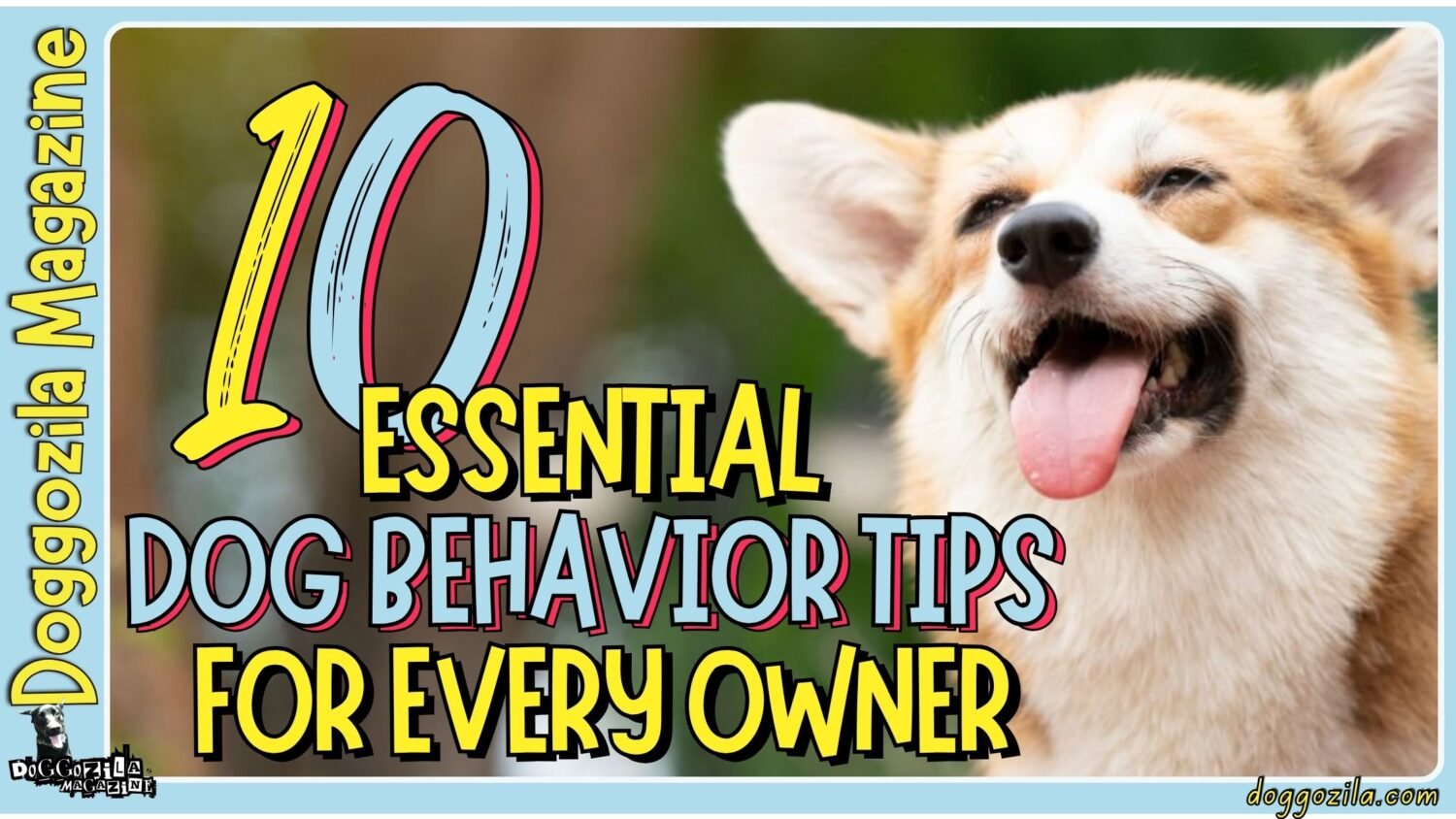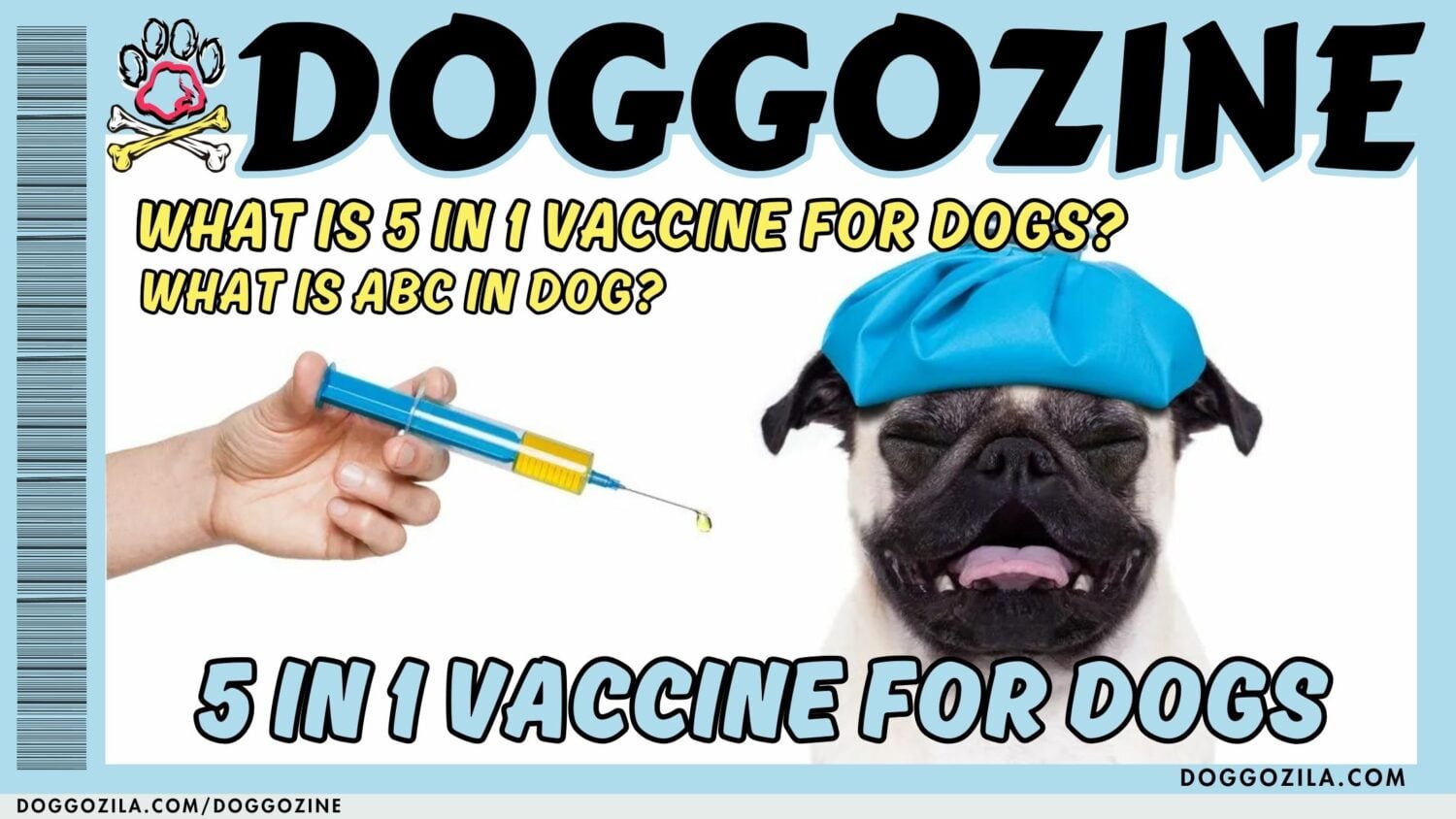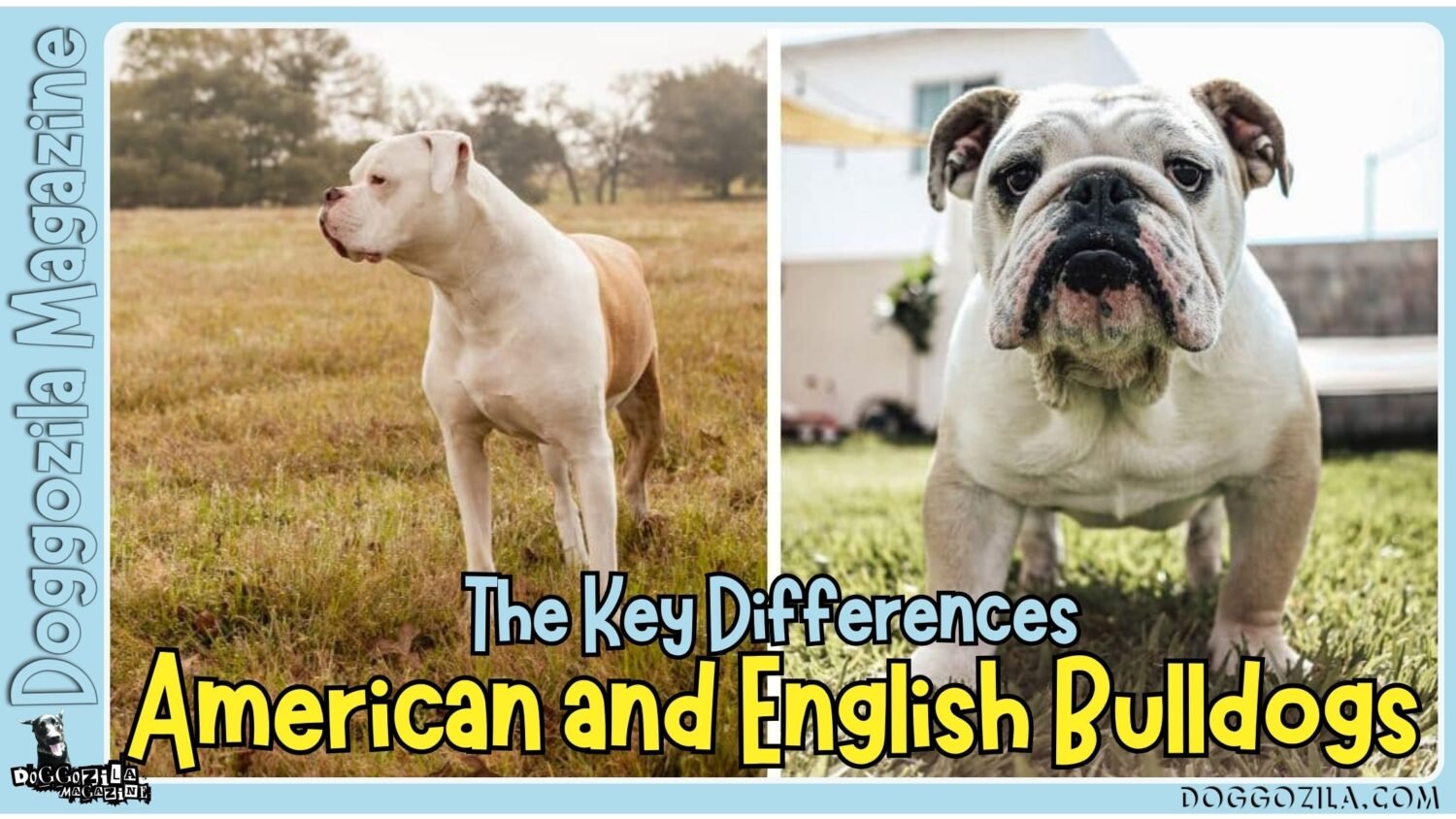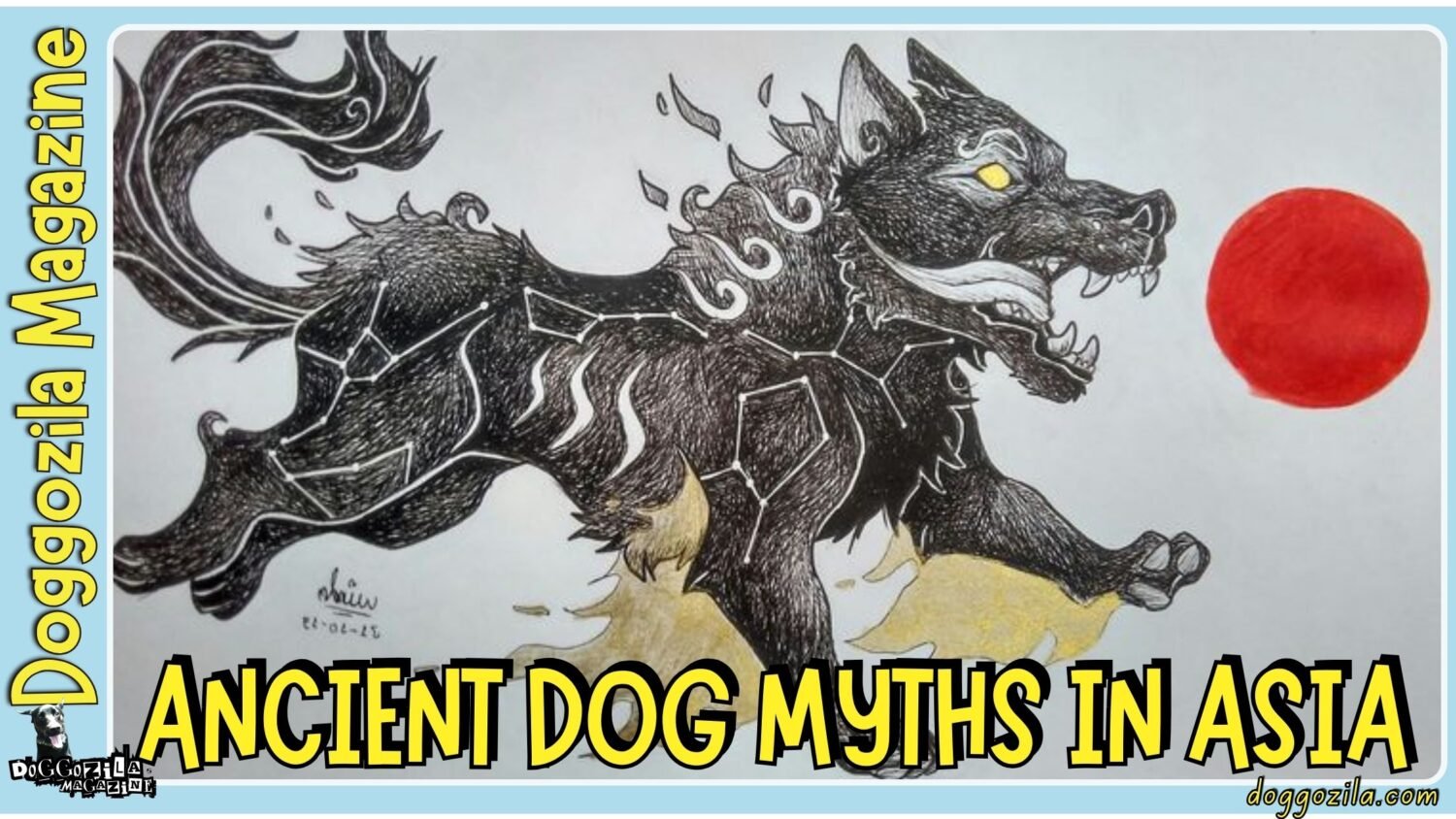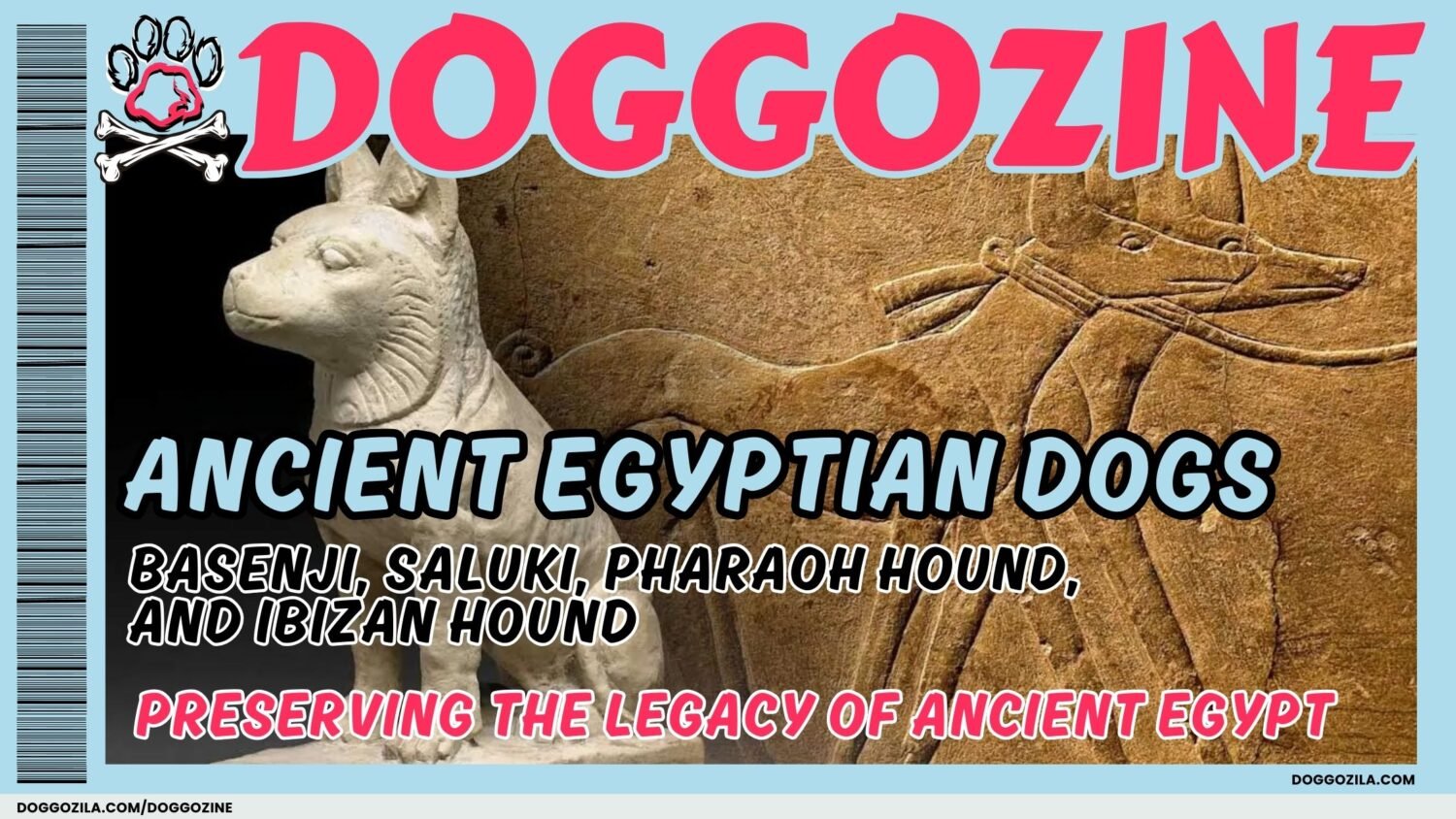Embark on a journey towards optimal oral health for your dog, starting with the foundations laid out in this comprehensive guide. Get ready to witness the transformation in your dog dental care routine and pave the way for a bright and healthy smile ahead.
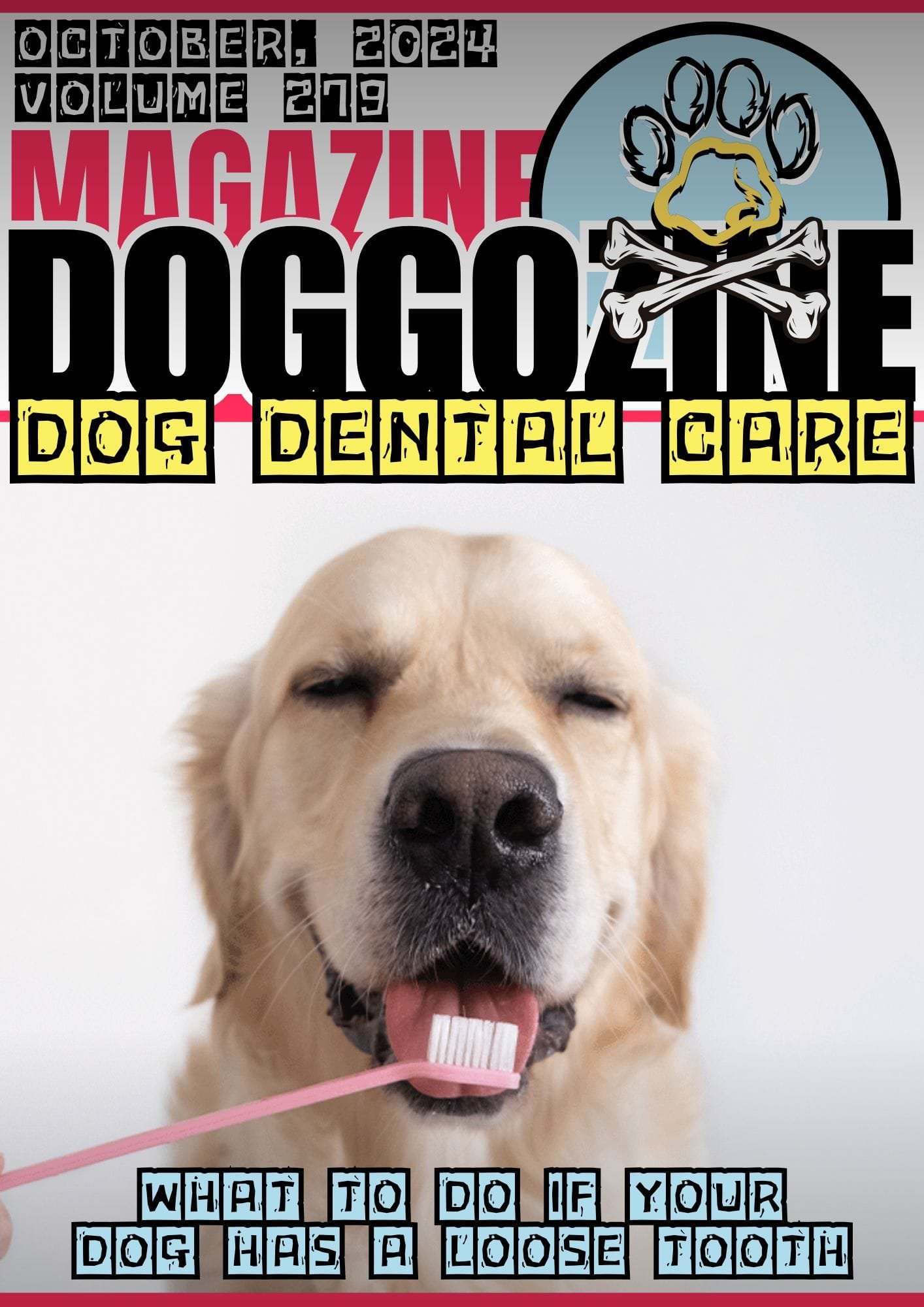
UNLOCK THE SECRETS TO SAFEGUARDING YOUR DOG’S PEARLY WHITES!
Is your furry friend’s dental health a priority for you? Picture a scenario where your beloved canine companion flashes a vibrant, healthy smile without any worries. With our guide on dog dental care you can make this a reality.
We aim to unravel the importance of preventive measures in maintaining good dental health for your pet, serving as the only true safeguard against dental issues. From understanding puppy teeth development to recognizing signs of dental issues, we delve into practical tips and insights to ensure your dog’s oral well-being.
Importance of Prevention in Dog Dental Care
Prevention is the cornerstone of your dog’s dental care. Just like with humans, good dental health is the only true safeguard against painful and costly dental issues down the line.
Imagine if you never brushed your teeth or visited the dentist. The buildup of plaque and tartar would lead to gum disease, tooth decay, and even tooth loss. The same holds true for our furry friends.
Preventive measures, such as regular tooth brushing and dental check-ups, can keep your dog’s pearly whites shining bright for years to come. It’s like investing in a dental insurance policy for your pup.
Think of it this way: would you rather spend a few minutes each day brushing your dog’s teeth or face the hefty vet bills and your dog’s discomfort from a preventable dental disease?
By making dental care a priority, you’re not only saving your dog from pain but also potentially extending their lifespan. Dental issues, if left untreated, can lead to systemic health problems affecting vital organs like the heart and kidneys.
🔑 Key Points: Preventive dental care is the most effective and cost-effective solution for maintaining your dog’s oral health and overall well-being.
Understanding Puppy Teeth Development and Transition
Just like human babies, puppies go through a teething process. They start with a set of razor-sharp milk teeth that fall out to make way for their adult teeth.
This transition usually occurs between 3 to 6 months of age. During this time, you might find tiny teeth around the house or notice your puppy chewing more than usual.
It’s crucial to introduce to your dog a dental care habits early on. Puppies with a healthy mouth are more likely to grow into adult dogs with strong, healthy teeth.
Get your puppy used to having their mouth handled and their teeth brushed. Start with short, positive sessions and gradually increase the duration. This early practice lays the foundation for a lifetime of good dental health.
🔑 Key Points: Familiarizing your dog with dental care routines early on sets them up for future success in maintaining a healthy mouth.
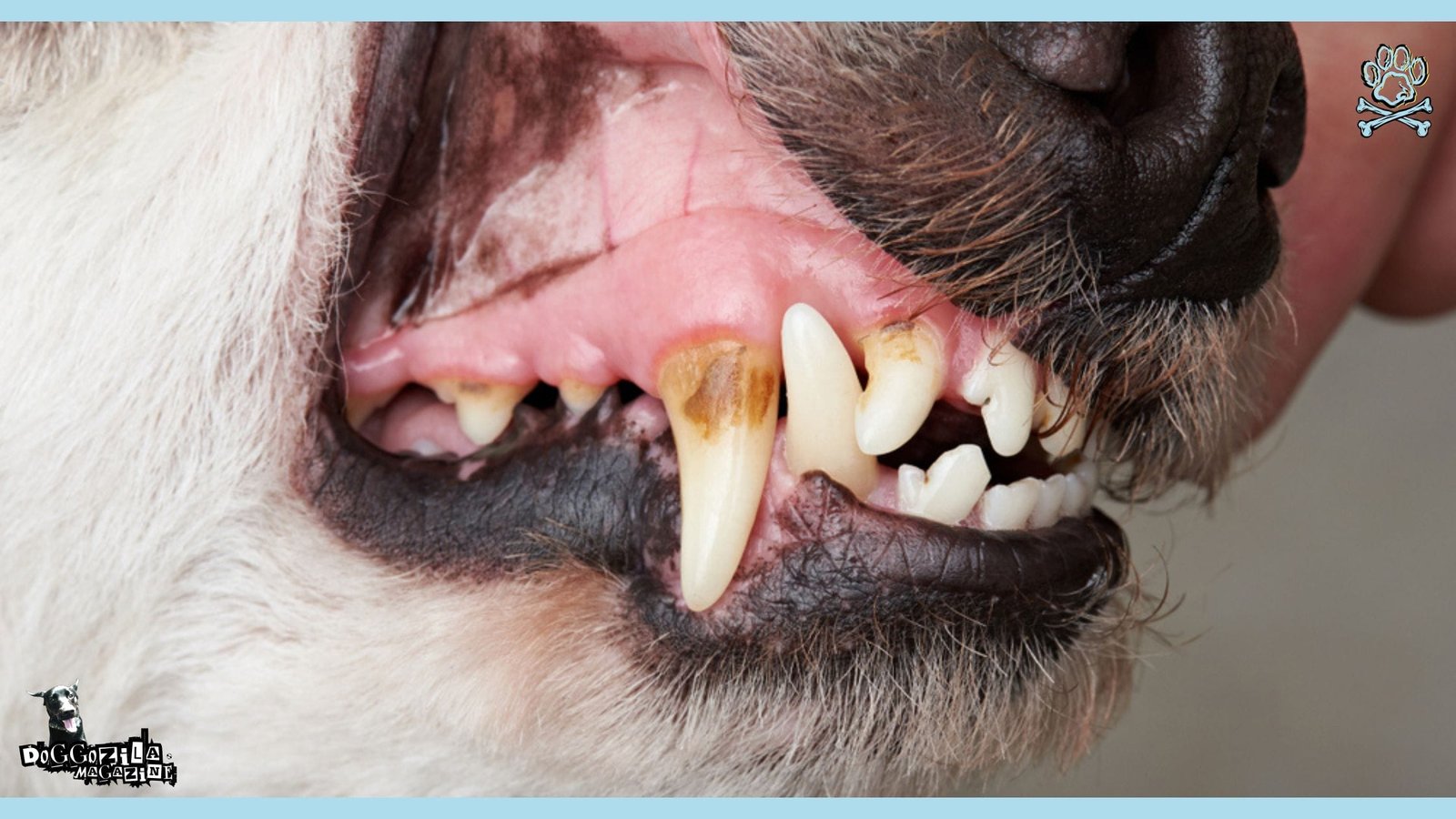
RECOGNIZING THE SIGNS OF DENTAL ISSUES IN DOGS
As a dog owner, it’s essential to be aware of the signs that indicate a dental issue. Bad breath is one of the most common and noticeable signs. If your dog’s breath smells worse than usual, it could be a red flag for oral health problems.
Pay Close Attention for These Signs for Good Dental Care for Your Dog
- Changes in Eating Habits: If your dog suddenly starts eating more slowly, dropping food, or avoiding hard kibble, it might signal dental pain.
- Excessive Drooling: While some drooling is normal, excessive drooling, especially if it’s tinged with blood, could indicate a dental issue.
- Visible Tartar Buildup: Brown or yellow deposits on your dog’s teeth, particularly near the gum line, are signs of tartar accumulation.
- Swollen or Bleeding Gums: Red, swollen, or bleeding gums are symptoms of gingivitis, an early stage of periodontal disease.
If you notice any of these signs, it’s time to schedule a dental check-up with your vet. Remember, early detection and treatment can prevent more serious and painful dental complications down the line.
🔑 Key Points: Recognizing the signs of dental issues early allows for prompt treatment and can prevent more severe oral health problems from developing.
Causes Behind Tooth Loss in Dogs
Tooth loss in dogs can be attributed to two main causes: injuries and dental disease. Traumatic injuries from chewing on hard objects or rough play can lead to fractured or dislodged teeth.
However, the more common culprit is dental disease. When plaque and tartar accumulate on a dog’s teeth, it creates a breeding ground for bacteria. Over time, this leads to gum inflammation, tooth decay, and eventually, tooth loss.
Regular dog dental care, both at home and through professional cleanings, can prevent the progression of dental disease and keep your dog’s teeth firmly rooted.
The Role of Diet in Your Dog’s Dental Health
What your dog eats plays a significant role in their dental health. Certain foods can contribute to plaque and tartar buildup, while others can help scrub the teeth clean.
Look for dog foods that contain tartar-control ingredients, such as sodium tripolyphosphate, which can help reduce tartar formation. Some dental diets also feature a combination of very large kibble size and a specially designed texture that encourages chewing and helps clean the teeth.
In addition to dry kibble, offering your dog raw, meaty bones can provide a natural way to keep their teeth clean. The chewing action helps remove plaque and tartar, while the bones’ abrasive texture can polish the teeth.
However, it’s essential to choose appropriate bones and supervise your dog while they chew to prevent choking or tooth fractures.
🔑 Key Points: A well-balanced diet that promotes dental health, combined with appropriate chewing activities, can contribute to your dog’s overall oral hygiene.
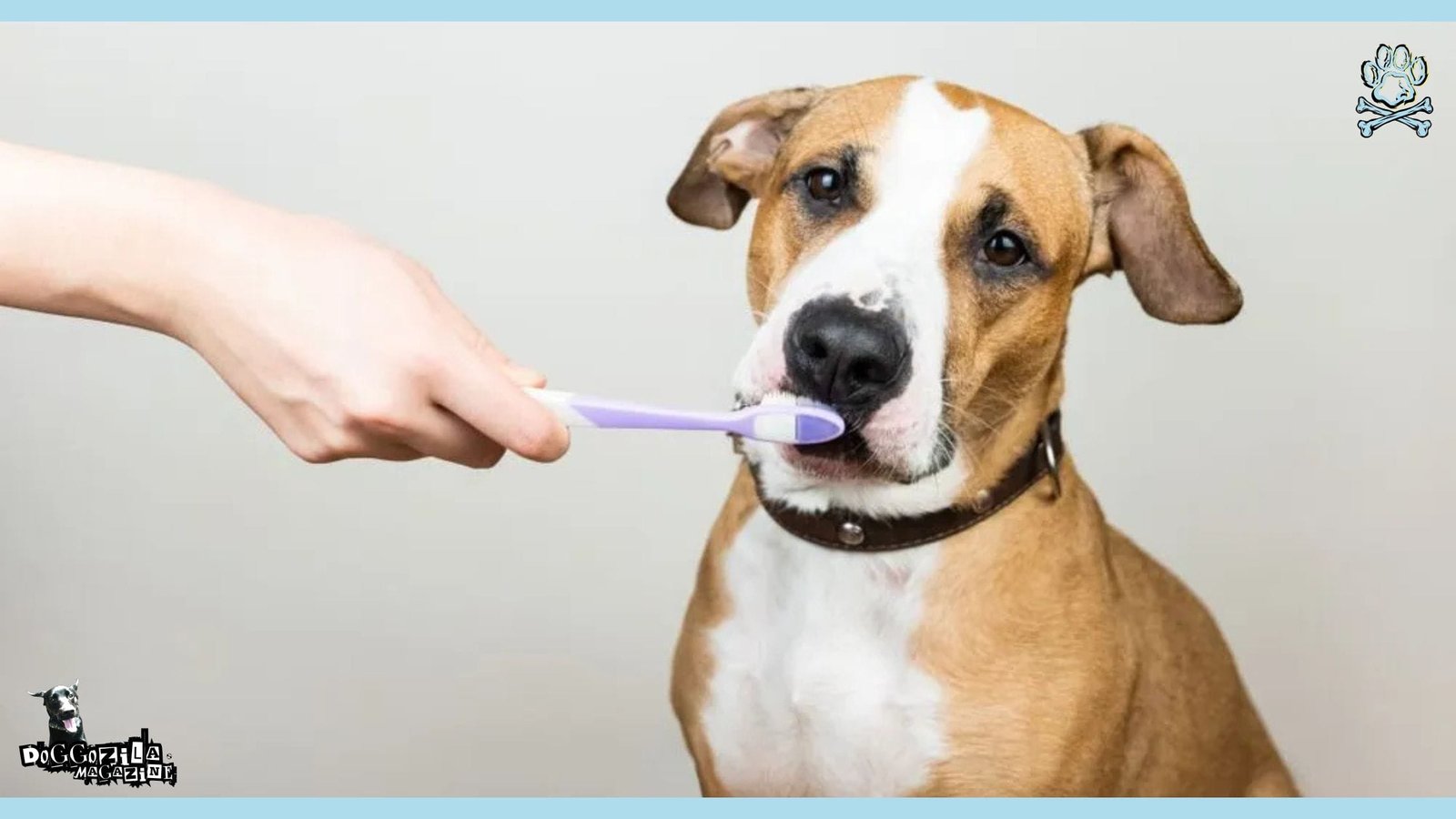
INTRODUCING REGULAR DENTAL ROUTINES AT HOME
Brushing your dog’s teeth regularly is the gold standard for at-home dental care. Just like with humans, daily tooth brushing is ideal, but even a few times a week can make a significant difference.
Choosing the Right Tools
Use a soft-bristled toothbrush designed for dogs, or a finger brush for smaller mouths. Dog-specific toothpaste is a must, as human toothpaste can be harmful if swallowed.
Making It a Positive Experience
Start slowly, letting your dog taste the toothpaste and get used to the brush. Reward them with treats and praise throughout the process. Gradually increase the brushing time, focusing on the outer surfaces of the teeth, where plaque tends to accumulate.
Incorporating Other Dental Products
In addition to brushing, you can use dental wipes, sprays, or water additives to help control plaque and freshen breath. These products can be particularly helpful for dogs who are resistant to tooth brushing.
Remember, consistency is key. Make dental care a part of your daily routine, just like feeding and walking your dog. With patience and persistence, your dog will learn to enjoy their dental cleaning sessions.
🔑 Key Points: Regular tooth brushing at home, combined with other dental products, is essential for maintaining your dog’s oral health between professional cleanings.
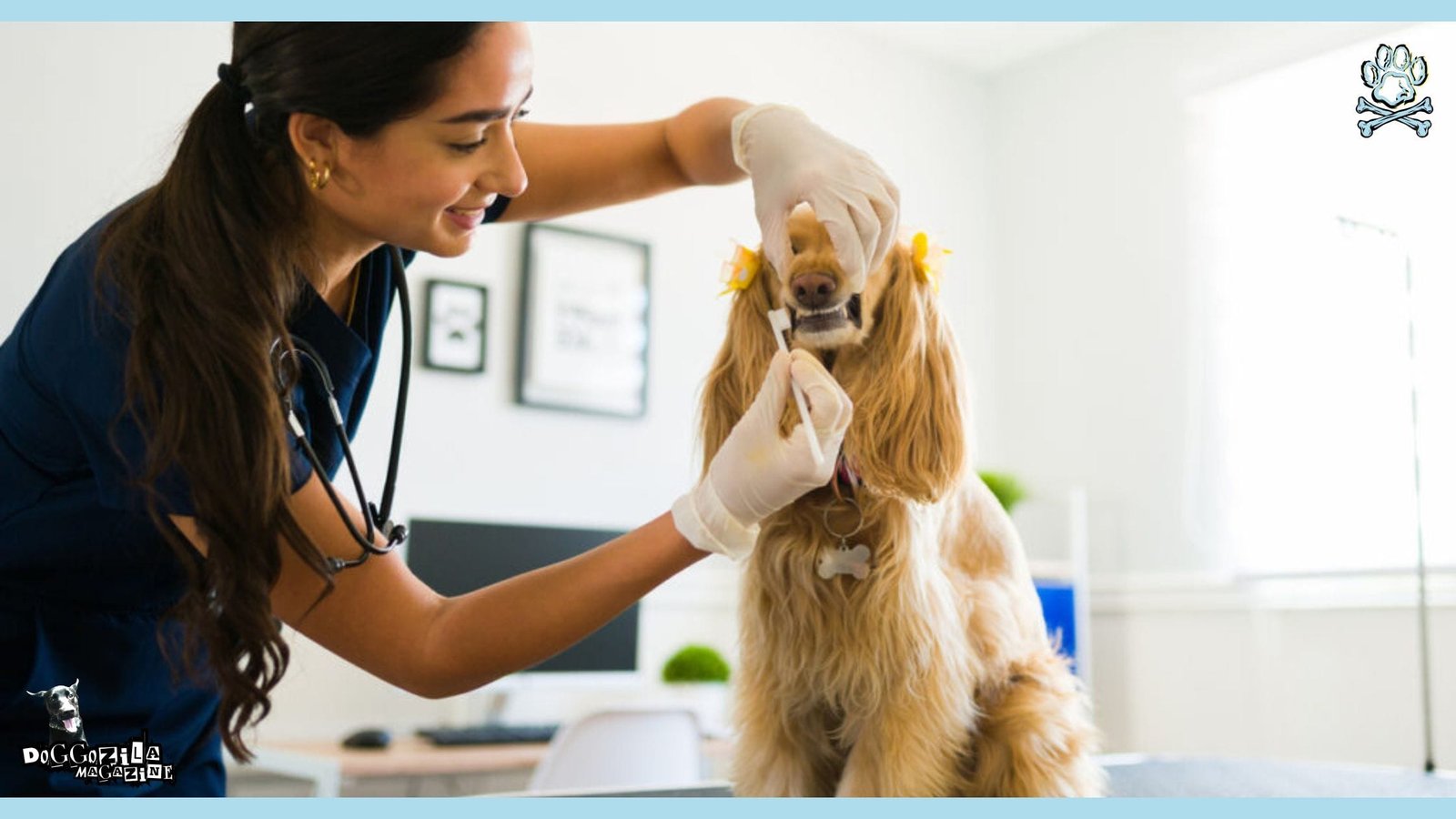
IMPORTANCE OF PROFESSIONAL DENTAL CLEANINGS
Even with regular home care, your dog will still need professional dental cleanings. These cleanings, performed under general anesthesia, allow your vet to thoroughly examine your dog’s mouth and address any issues that may have gone unnoticed.
Professional Dog Dental Cleaning and Care
- Remove plaque and tartar above and below the gum line
- Polish the teeth to create a smooth surface that’s more resistant to plaque
- Take dental x-rays to assess the health of the teeth roots and surrounding bone
- Perform any necessary extractions or other treatments
The frequency of professional cleanings depends on your dog’s individual needs. Some may need annual cleanings, while others can go a bit longer between visits. Remember that always it’s better professional teeth cleaning for your dog!
🔑 Key Points: Professional dental cleanings are a crucial component of your dog’s overall dental care plan and should be performed regularly as recommended by your veterinarian.
Choosing the Right Tools for Dog Dental Care at Home
When it comes to at-home dog dental care, having the right tools can make all the difference. The most important tool is a dog toothbrush. Choose one that’s appropriately sized for your dog’s mouth – not too big or too small.
For smaller dogs or those who are resistant to a traditional toothbrush, a finger brush can be a good alternative. These brushes fit over your finger and can be less intimidating for some dogs.
Toothpaste is another essential. Always use a toothpaste specifically formulated for dogs, as human toothpaste can contain ingredients that are harmful if swallowed. Dog toothpaste comes in appealing flavors like chicken or beef, which can make the brushing experience more enjoyable for your pup.
Other helpful tools include dental wipes, which can be used to quickly clean the teeth and gums, and dental sprays or water additives that can help control plaque and freshen breath.
🔑 Key Points: Investing in the right dental care tools, such as an appropriately sized toothbrush and dog-specific toothpaste, can make at-home dental care more effective and enjoyable for both you and your dog.
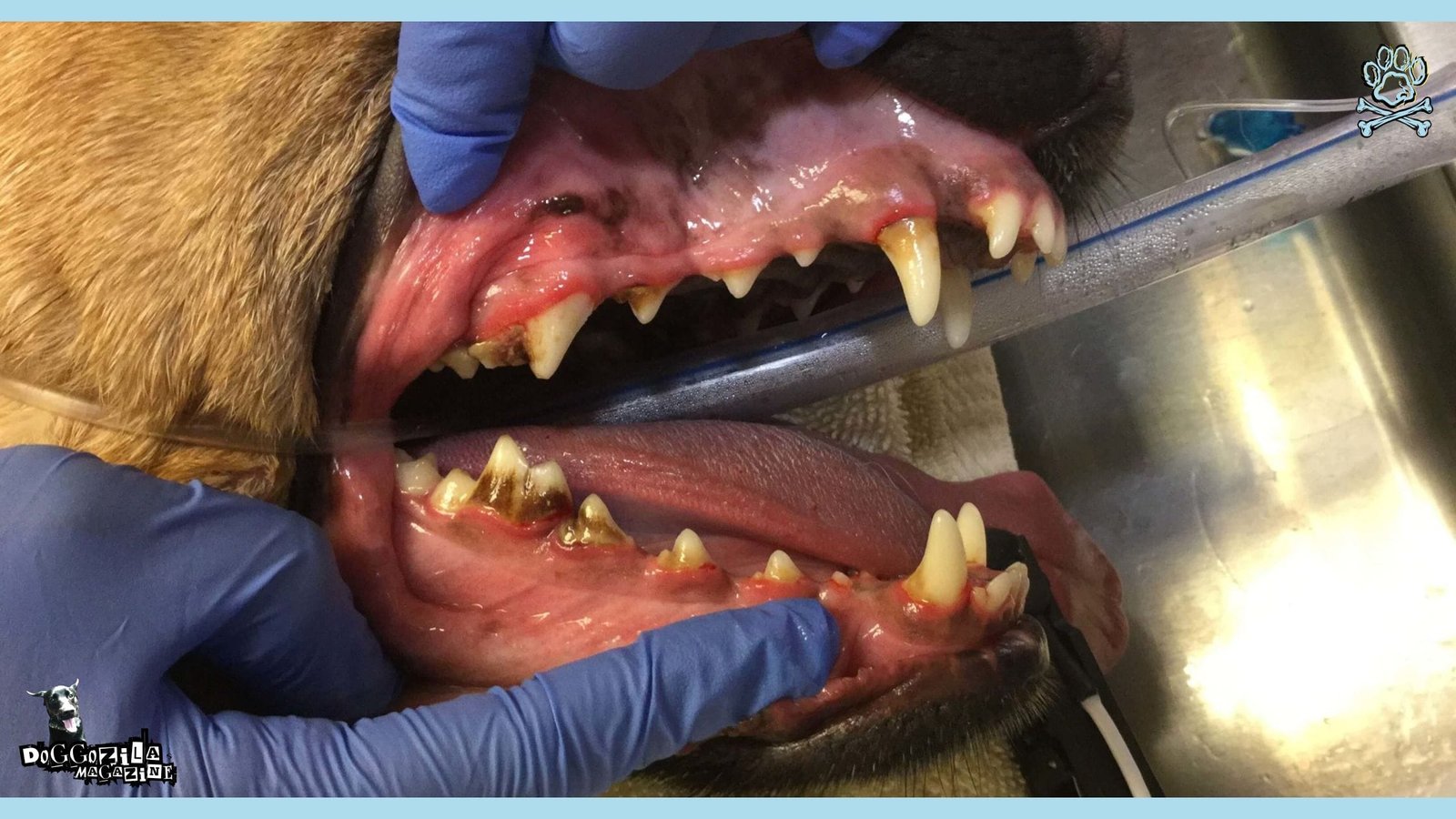
RECOGNIZING EARLY SIGNS OF PERIODONTAL DISEASE
Periodontal disease is a serious oral health issue that can lead to tooth loss and other systemic health problems. Recognizing the early signs is crucial for prompt treatment.
Watch Out For These Signs
- Red, swollen, or bleeding gums
- Bad breath that persists even after brushing
- Yellowish-brown tartar buildup along the gum line
- Receding gums that make the teeth look longer
If you notice any of these signs, schedule a dental check-up with your vet. Early intervention can prevent the progression of periodontal disease and keep your dog’s mouth healthy.
Dental Treats and Chews: Do They Help?
Dental treats and chews can be a helpful addition to your dog dental care routine. These products are designed to scrape away plaque and tartar as your dog chews, particularly on the hard-to-reach back teeth.
Look for treats that have the Veterinary Oral Health Council (VOHC) seal of acceptance, which means they’ve been tested and proven to reduce plaque and tartar.
However, it’s important to remember that dental treats and chews are not a substitute for regular tooth brushing and professional cleanings. They should be used as a complement to, not a replacement for, a comprehensive dog dental care routine.
Addressing Painful Dental Complications Early
Dental complications, such as fractured teeth or severe periodontal disease, can be extremely painful for your dog. If left untreated, these issues can lead to more serious health problems down the line.
If you suspect your dog is experiencing dental pain, don’t hesitate to seek veterinary care. Your vet can diagnose the issue and recommend an appropriate treatment plan, which may include extractions, root canals, or other procedures.
Remember, addressing dental complications early is not only critical for relieving your dog’s pain but also for preventing more extensive and costly treatments in the future.
🔑 Key Points: A daily dog dental care routine, consisting of tooth brushing, dental treats, and appropriate chew toys, is essential for maintaining your dog’s oral health and preventing dental issues.
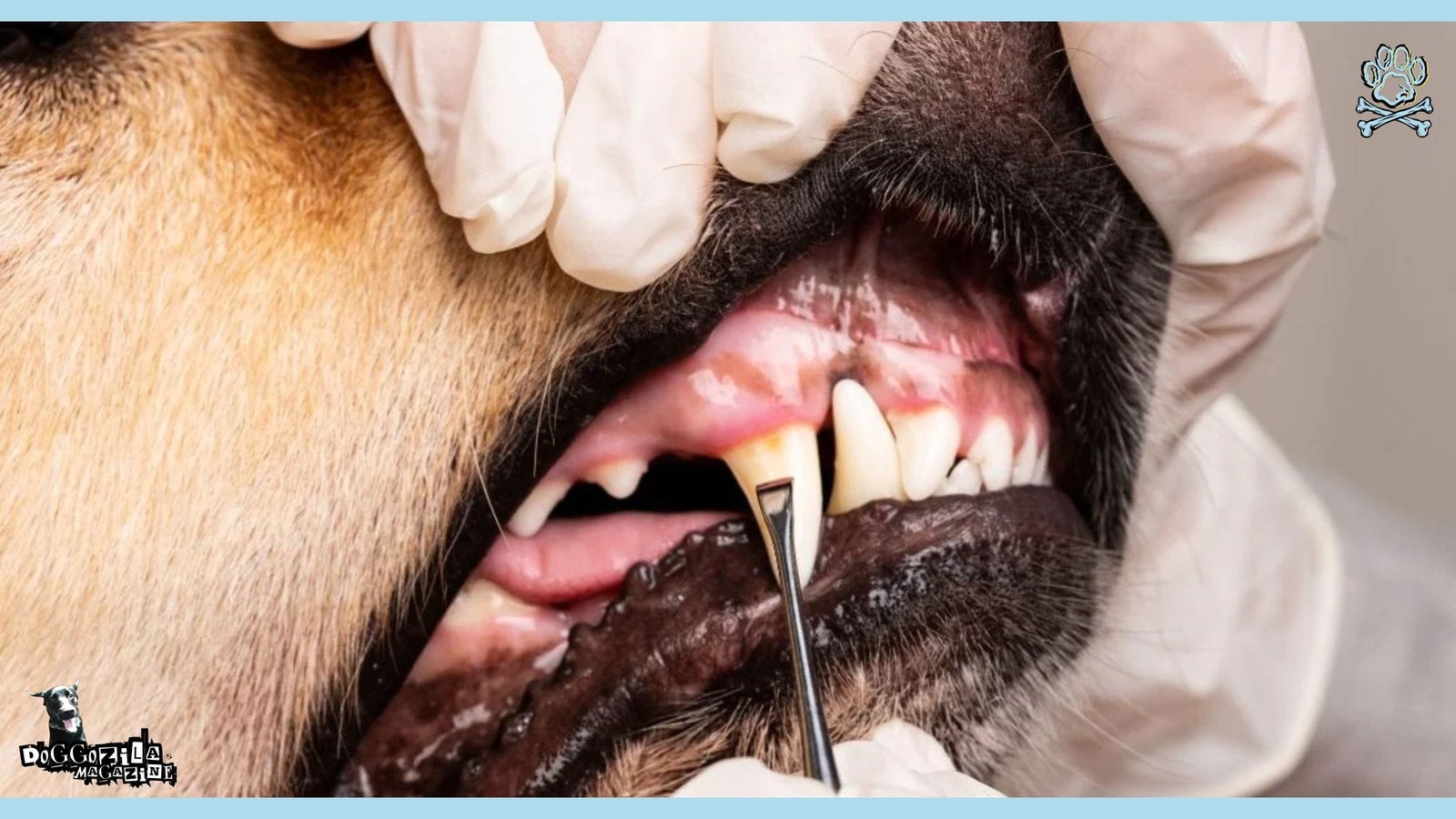
IMPLEMENTING A DAILY DOG DENTAL CARE ROUTINE
Incorporating dog dental care into the daily routine is the key to maintaining good oral health.
Simple Routine to Follow for Good Dental Care For Your Dog
1. Start each day by offering your dog a dental treat or chew to help remove overnight plaque buildup.
2. After your dog has eaten their morning meal, brush their teeth using a dog-specific toothbrush and toothpaste. Focus on the outer surfaces of the teeth, using circular motions along the gum line.
3. Throughout the day, offer your dog appropriate chew toys, such as rubber or nylon bones, to promote healthy chewing and help keep the teeth clean.
4. In the evening, you can use a dental wipe or spray to freshen your dog’s breath and remove any remaining food particles.
Remember, consistency is key. Make the dog dental care a non-negotiable part of your daily routine, just like feeding and exercise. With time and patience, your dog will come to enjoy their daily tooth brushing sessions.
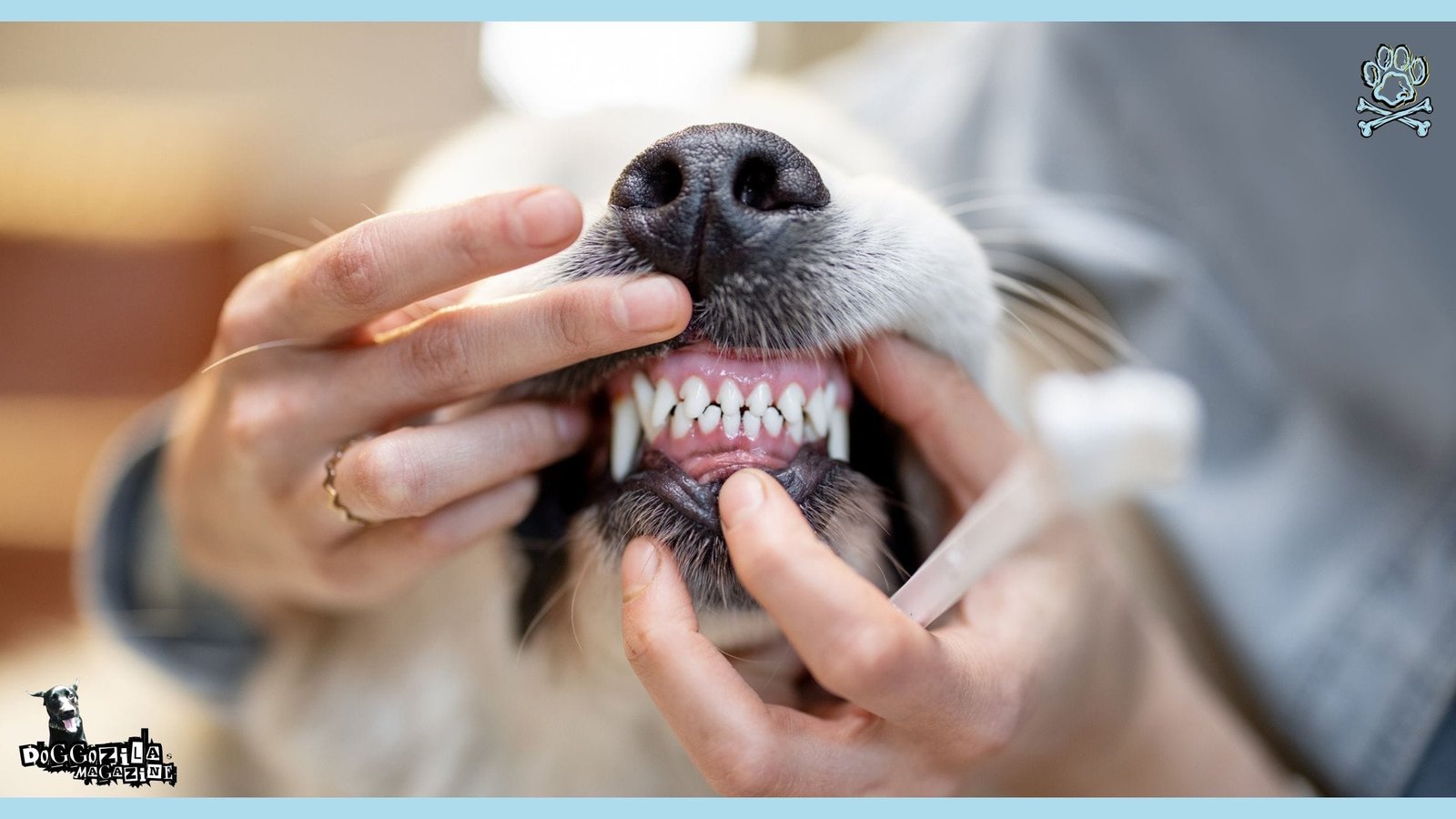
The Impact of Oral Health on Broader Health Implications
Your dog’s oral health is not just about fresher breath and whiter teeth. It plays a pivotal role in their overall health and well-being.
Dental disease, if left untreated, can lead to a host of other health problems. Bacteria from the mouth can enter the bloodstream and travel to vital organs, such as the heart, liver, and kidneys, causing serious and potentially life-threatening infections.
Maintaining good oral hygiene is not only essential for your dog’s dental health but also for their overall systemic health. By prioritizing your dog dental care, you’re investing in their long-term health and happiness.
Final Thoughts on Dog Dental Care and What to Do If Your Dog Has a Loose Tooth
This article serves as your comprehensive guide to optimizing your furry friend’s oral health. By emphasizing the importance of preventive measures, early dental care habits, and recognizing signs of dental issues, you can proactively protect your dog’s teeth from potential problems.
Implementing a daily dental routine at home, incorporating the right tools, and understanding the role of diet are pivotal in maintaining good oral hygiene for your furry friend. Furthermore, regular professional dental cleanings and addressing any painful dental complications early are essential for ensuring your dog’s overall well-being.
Remember, a small investment in your pet’s dental health today can lead to significant benefits in the long run. By following the expert advice shared in this blog, you can provide your beloved dog with a lifetime of healthy smiles and joyful companionship.
Thank you for taking the time to prioritize your dog dental care, as it truly makes a difference in their life.
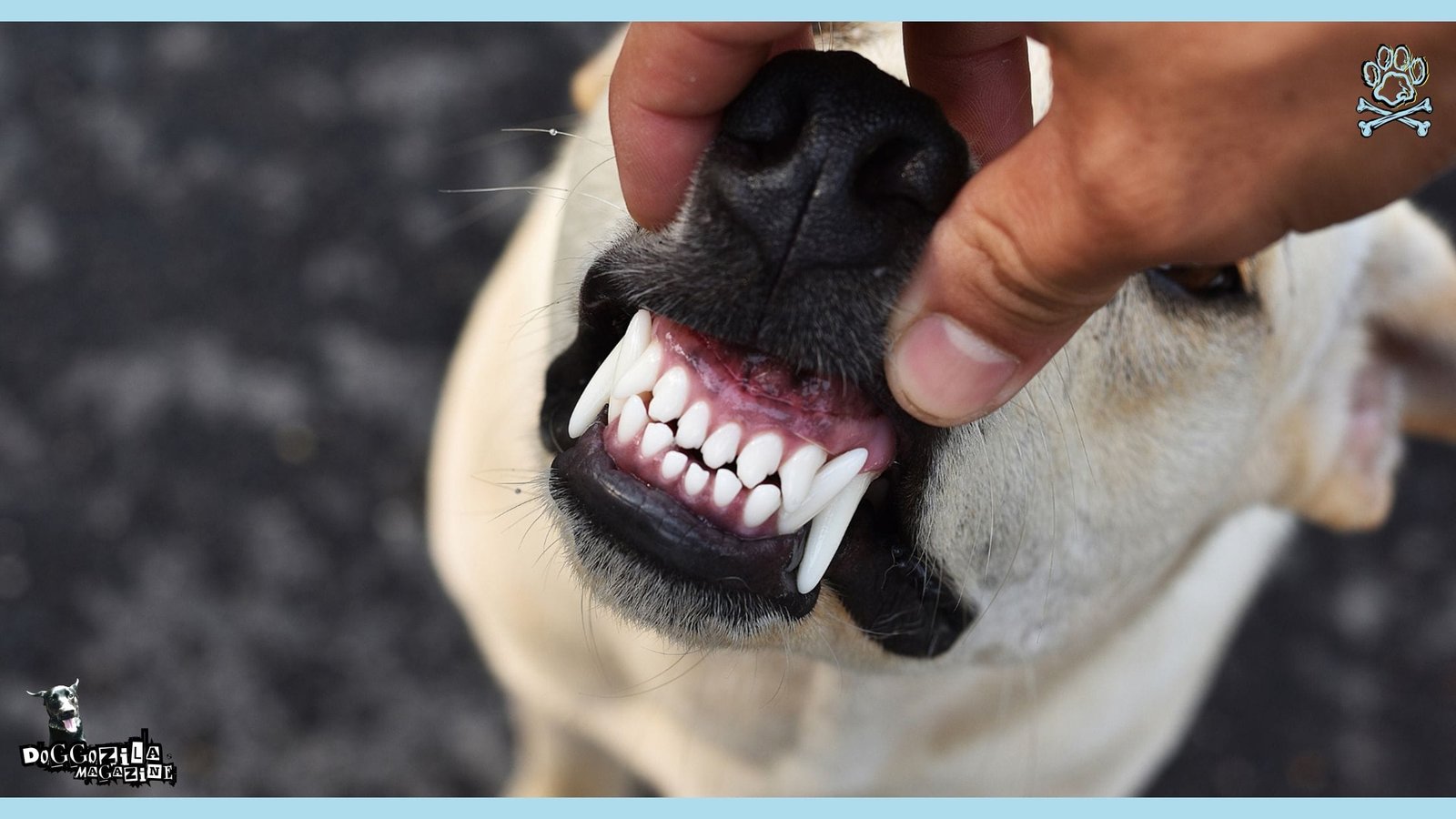
Start your journey towards optimal oral health for your dog today!
